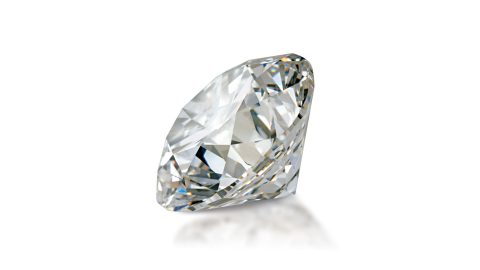Suikerrui: gate to the underworld
Round 1200 the Suikerrui formed the Southern border of the town, but pretty soon the city started to grow and the Suikerrui only held its function as an inner harbour. If you see a streetname that ends on rui, vliet, vest or brug, it means that there used to be water in the neighbourhood in former times. Unfortunately all this water has disappeared from the city, or maybe it is better to say that it is kept from sight, because under street level the complete canal system is still present.
Ruihuis

Through the Ruihuis you can explore this underworld city: together with a guide you stroll from Grote Markt to the Keistraat, which is situated right next to the river, in the neighbourhood of the red light district. In the Ruihuis you get a pair of boots, an overall and a backpack to carry your personal shoes and coat in. At the end of the walk you turn in boots, overall and backpack and you can continue to explore the city in bright daylight.
A walk through the Antwerp underworld is sure to give you a completely new look on town.
Diva
The former police station is being restored. Later this year a completely new museum will open its doors here. A museum devoted to silver and diamonds. The collection is largely based on the collections of the former Sterckshof and Diamond Museums, but it will offer more than a traditional museum. There will be demonstrations and interactive displays that show all aspects of silver and diamond. Undoubtedly Diva will be one more reason to come and visit our town.
Hanzahouse
The building on the corner of Suikerrui and Jordaenskaai was built by a German banker, Mallinckrot and designed by Joseph Hertogs, who drew plans for a great many buildings for members of the German colony in Antwerp. The statues that adorn the façade were made by Jef Lambeaux, who is also responsible for the Brabofountain on Grote Markt.
